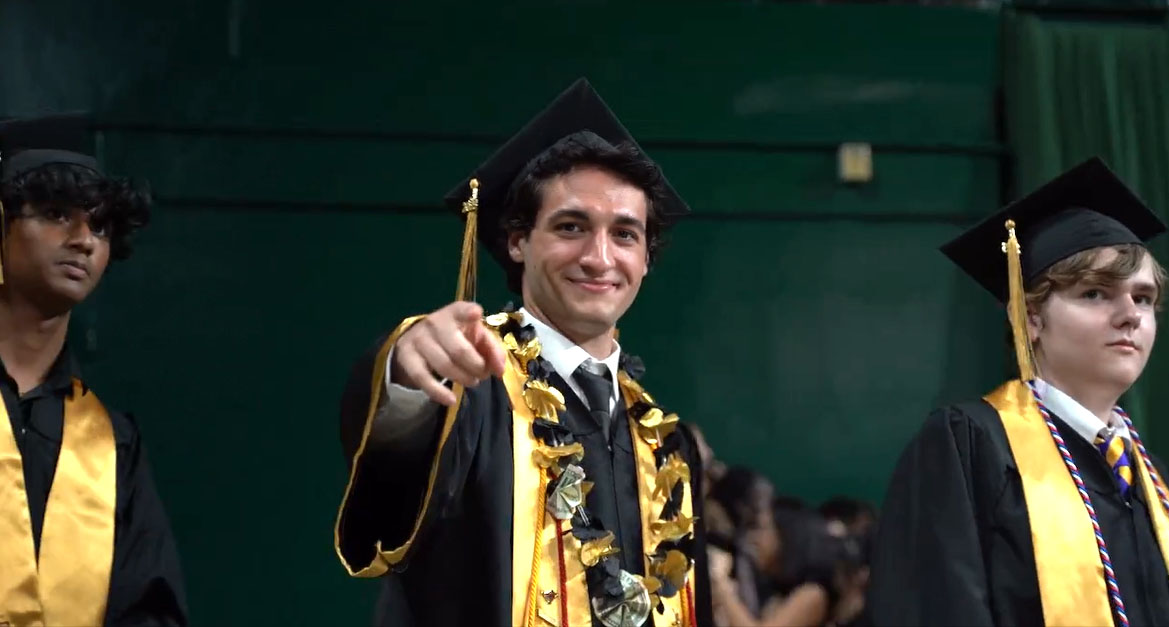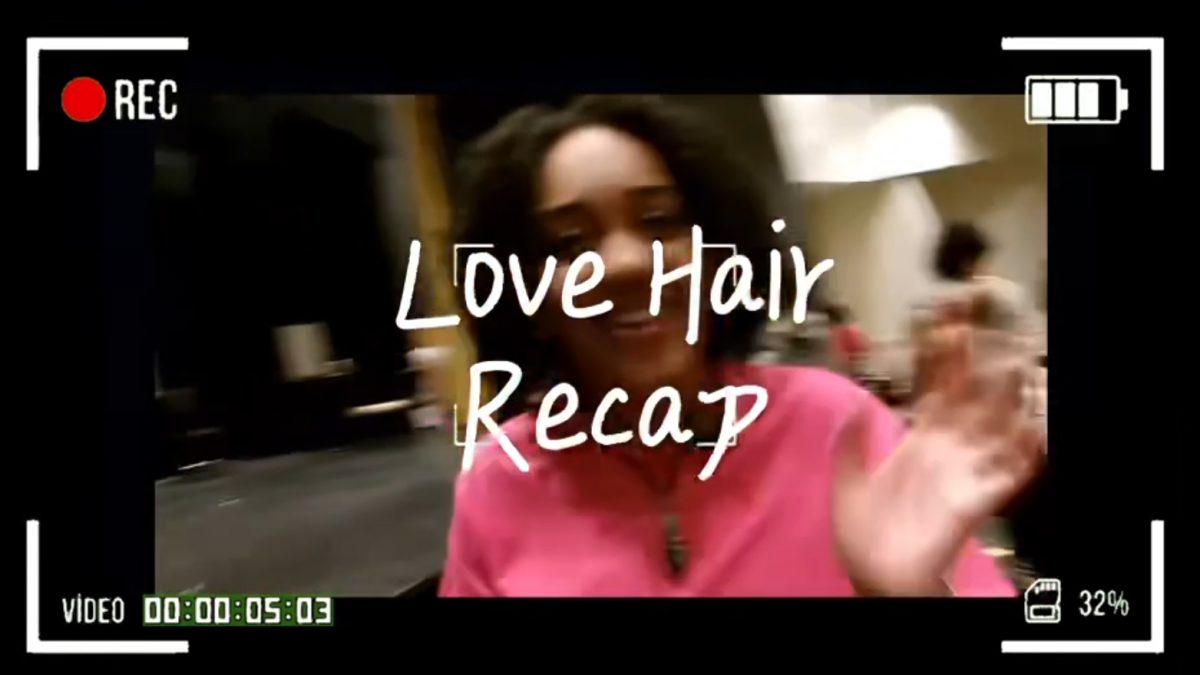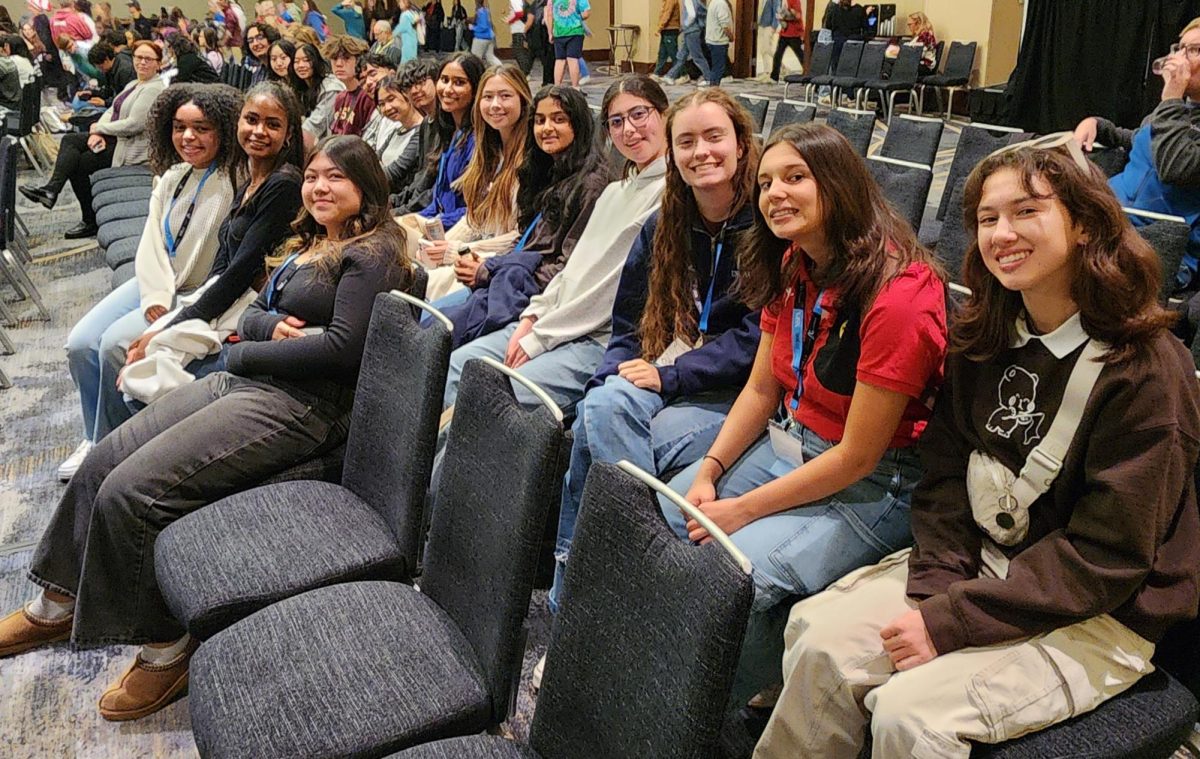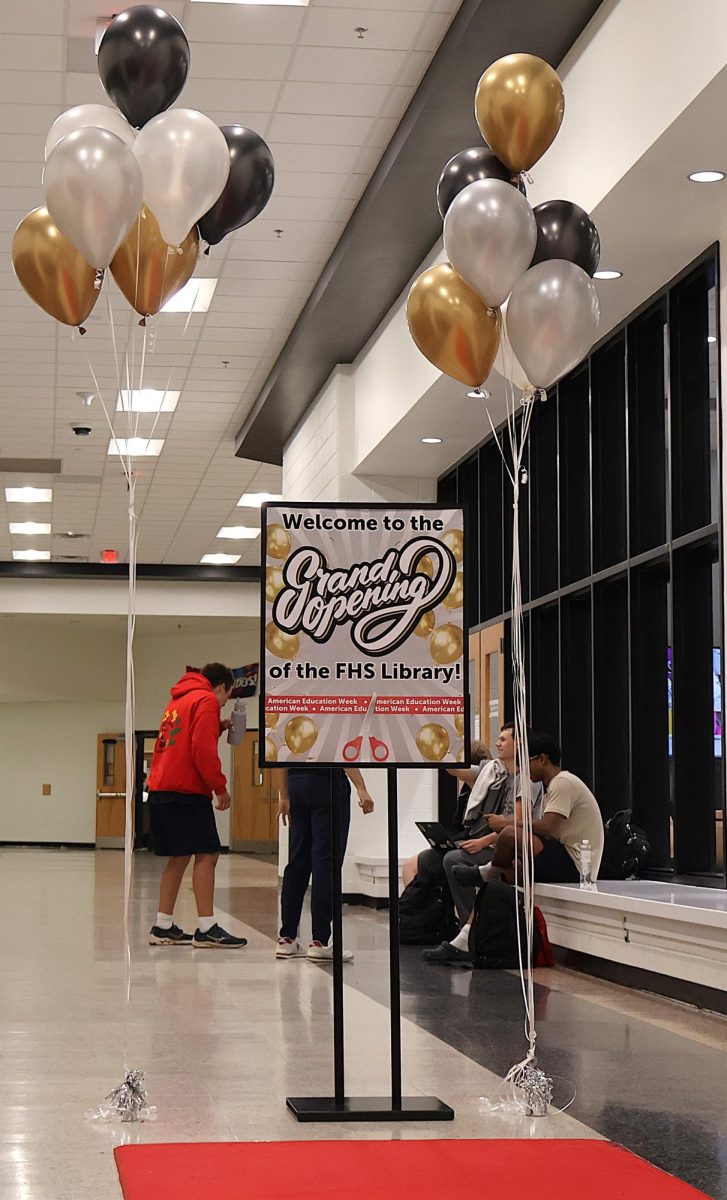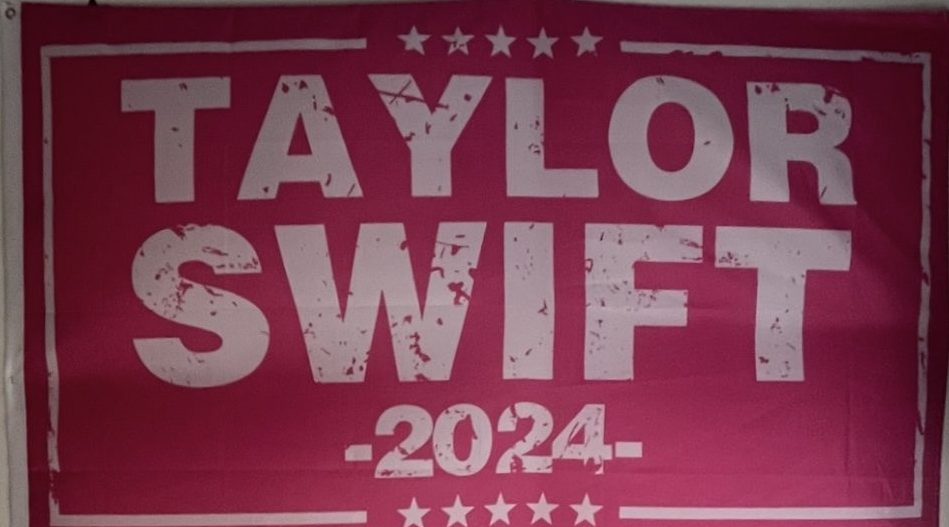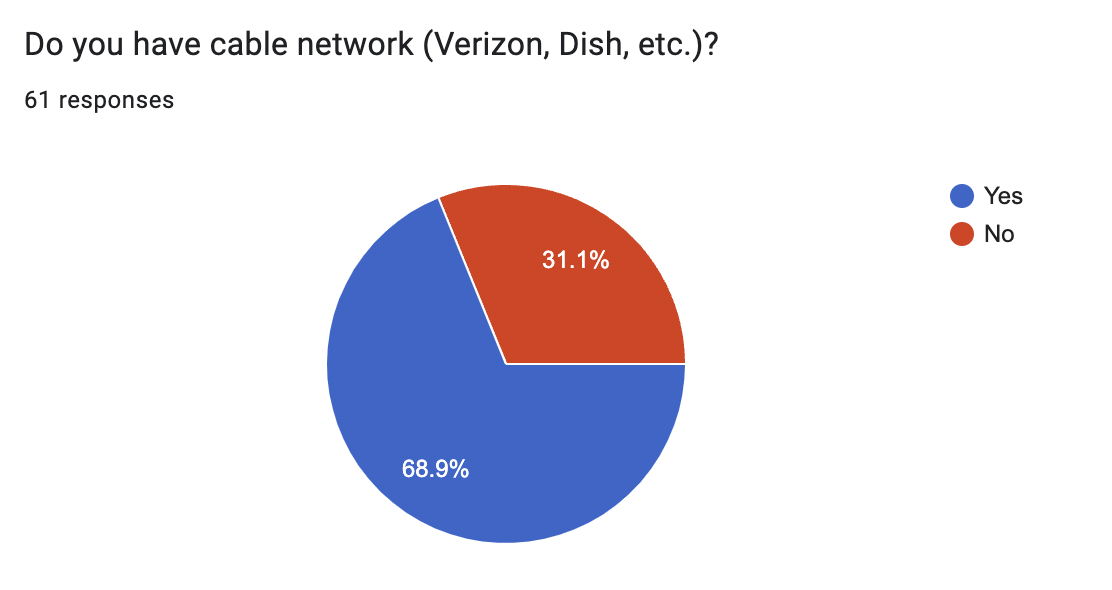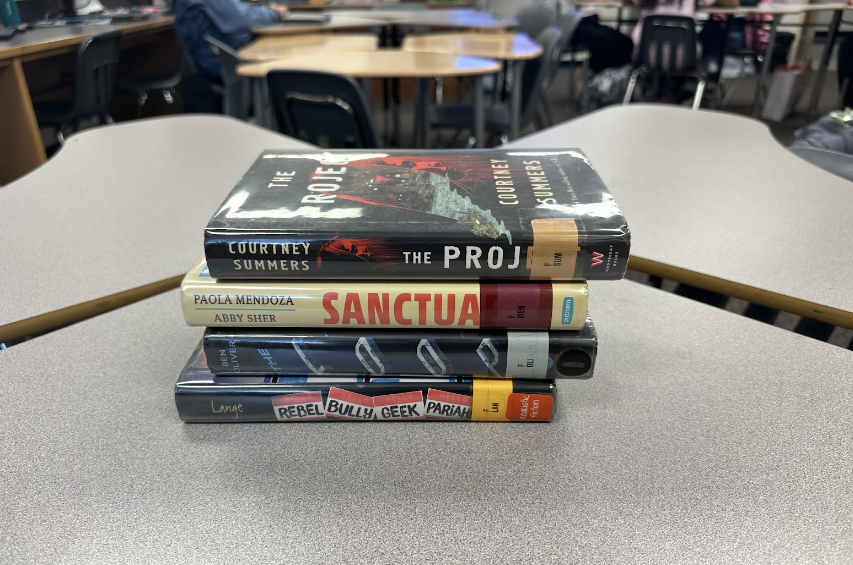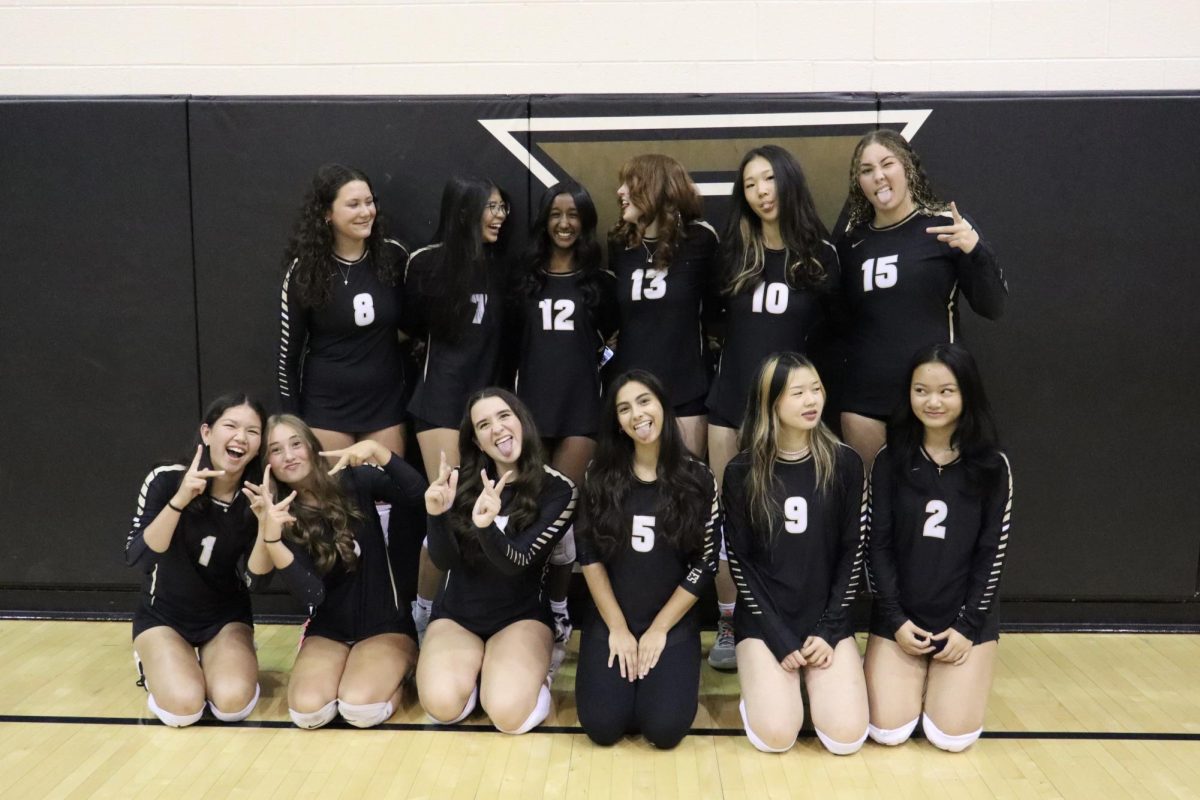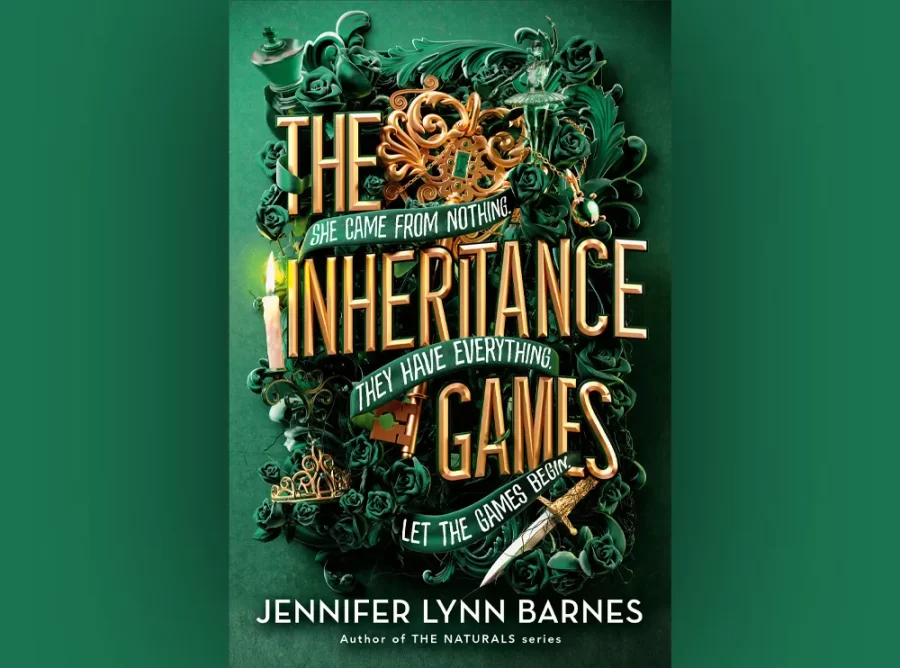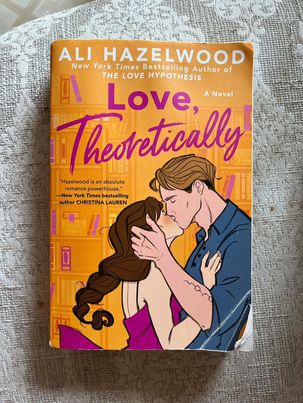
Rom-coms, short for romantic comedies, used to be one of hollywood’s biggest movie genres. Rom-coms like “When Harry Met Sally,” “10 Things I Hate About You” and “She’s The Man” dominated the box office, earning millions of dollars for the film industry and captivated audiences in the early 90s and mid 2000s. Rom-coms were popular because they were movies centered around something everybody could relate to, which was love, and told stories that had equal parts emotion as they did humor.
For the last few years, viewers have suffered a rom-com drought, and have only recently started to resurge in popularity with films like “Anyone But You” starring Sydney Sweeney and “The Idea Of You” with Anne Hathaway.
Romantic comedies have taken many forms throughout history. Since Shakespeare’s time, with plays like “Much Ado About Nothing,” stories with romance-based plots filled with comedic scenarios have transcended time. The silent film era from 1894 to 1929 also featured many stories featuring love and silly misunderstandings with popular actors like Clara Bowe and Charlie Chaplin, and continued to rise.
The genre of the screwball comedy also became popular in the 1930s to 1950s, which had many elements of what would later become the rom-com. Popular tropes like misunderstandings and enemies to lovers would become staples of the genre, and actresses like Marilyn Monroe, Katharine Hepburn, and Audrey Hepburn would cement themselves as stars in such movies, featuring in many musicals that earned millions of dollars.
Rom-coms continued on until the 80s, where they transformed once again with changing demographics, into coming-of-age plots set in familiar teenage settings like high school and starred younger characters. Popular rom-coms from that time like “Harry Met Sally” also appeared, and into the 90s and mid 2000s, rom-coms peaked with films like “Sleepless in Seattle,” “Pretty Woman,” “You’ve Got Mail” and “Clueless” in the 90s and “10 Things I Hate About You” and “She’s The Man” in the 2000s, with the latter stories being inspired by Shakespeare plays and Jane Austen novels.
In the 2010’s, the genre took a dip in popularity with action films beginning to override them at the box office. Rom-coms only started to pick up again in the late 2010s with movies like “Crazy Rich Asians,” Netflix’s “To All The Boys I’ve Loved Before,” “The Kissing Booth” and “Love, Simon.”
Now in the 2020s rom-coms are having a resurgence with movies like “Red, White and Royal Blue,” “Ticket to Paradise,” “No Hard Feelings” and “Anyone But You.” What is the cause of the sudden popularity?
“I think people began missing love stories on screen, which explains why they started making rom-coms again and with better quality,” said senior Erin Choi.
A big part of the allure for rom-coms have to do with escapism. Many people watch rom-coms for the wish fulfillment aspect and to engage with romantic stories between glamorous actors, with escapist media usually being popular in times of hardship, which explains the recent surge in interest.
“The renewed interest in the genre can be attributed to a wave of nostalgia, diverse and fresh storytelling, and the availability of rom-coms on streaming services,” said Ifayet Lodi.
With nostalgia returning as a trend for many Gen Z and millennials, the once popular genre has made a comeback.
“One of my first introductions to this genre was through a graphic novel called ‘Horimiya,'” said Lodi. “I’m not typically a big fan of romantic films, but for some reason, I really enjoyed how the story of ‘Horimiya’ portrayed the narrative of two characters falling in love in a more realistic and comedic way. This is how I started to understand and appreciate the genre more. My favorite rom-com movies are ‘When Harry Met Sally’ and ‘About Time.’ I particularly like how rom-coms portray characters’ lives in a realistic setting while also adding humor to it.”
At times, rom-coms tug at audiences’ heartstrings through the various lessons about love and life that can be learned while watching them.
“I have lots of favorite rom-coms, but one of my favorites is ‘About Time,'” said Lodi. “I like the film because it combines elements of romance, comedy, and time travel freshly and engagingly. The idea of being able to revisit moments in one’s life and potentially change outcomes adds a unique layer to the film that makes it so much more special than any other rom-com I’ve watched. Also, I really enjoyed ‘500 Days of Summer’ because the film doesn’t follow a traditional chronological structure. Instead, it jumps back and forth between different days in the 500 days of Tom and Summer’s relationship. The movie portrays modern relationships realistically, rather than idealizing love. It shows the viewers the complexities, misunderstandings, and heartbreak that can occur in relationships. This makes the movie relatable to many people.”
For many people, watching good romantic media involves looking outside borders.
“I honestly don’t watch a lot of American rom-coms because I feel a lot of them are too raunchy. I prefer watching K-Dramas because they focus on more non-physical intimacy,” said Choi.
The diversification of media has also led to many people wanting to view stories with non-white characters and cultures, which can explain the interest in K-Dramas, which features stories set in Korean culture, themes, and characters.
“I think the quality just started declining [in the 2010s], which made people not interested in watching,” said Choi. “Also, people in America are just more interested in watching superhero films. Romantic comedies in other countries are still selling well.”
Unlike America, South Korean K-Dramas which have also steadily become popular in America throughout the last few years are one of the many countries where romantic comedies never fell off in popularity.
“I believe that the decline in interest in rom-coms was due to the frequent use of predictable storylines, evolving audience preferences, and criticism of gender stereotypes,” Lodi said.
There are ways for Hollywood to continue investing in rom-com viewership, which include listening to their audience.
“I think [rom-com] movies really have to make you root for the main couple,” Choi said. “If viewers aren’t invested in the relationship onscreen, there’s no point in watching, so the actors need to have good chemistry.”
On top of that, the comedic aspect of rom-coms need to be emphasized just as much as the romance.
“One factor that contributes to a good rom-com is the natural comedic interactions between the two characters,” Lodi said.
